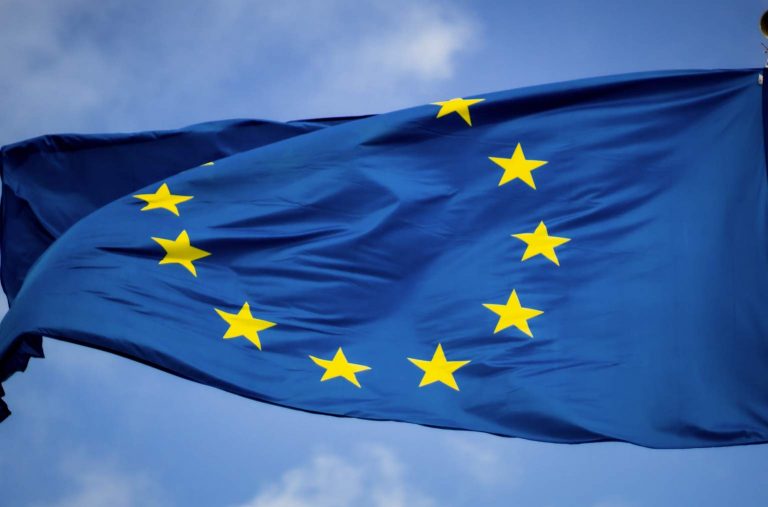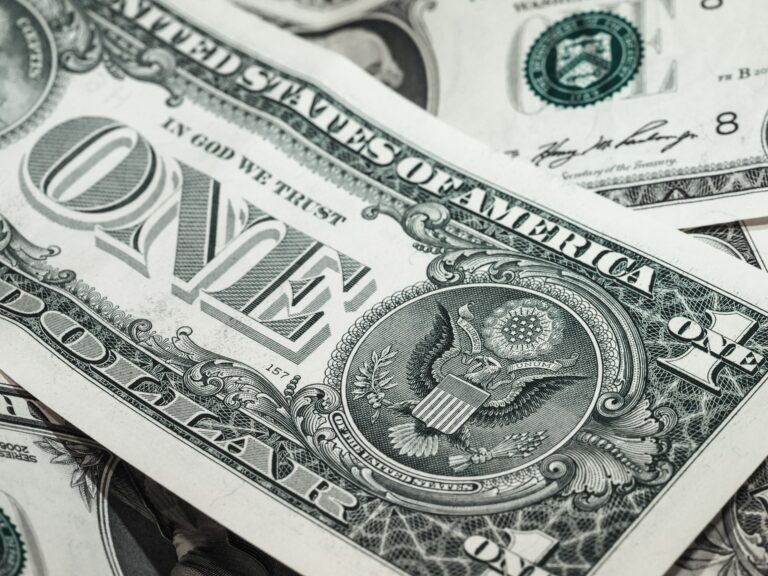With England’s World Cup well and truly over, the beacon of Love Island extinguished, and the UK frankly just a touch too hot, I assume I will be forgiven, perhaps even praised, for distracting your attention from these tragedies and delving into the UK’s monetary policy backdrop. For the second time in over a decade, interest rates have been raised within the United Kingdom by the Bank of England. Whilst this is more than can be said for an ailing Eurozone economy that doesn’t expect to raise the cost of borrowing until late 2019, Carney’s post-hike press conference last week laid bare concerning fractures within the UK economy.
The role of interest rates upon exchange rates is highly significant. For example, the tightening cycle (the raising of interest rates) in the United States of America is one of the foremost reasons why we have seen the Dollar appreciate by as much as 10% against the Pound Sterling and 7.5% against the Euro.
The interest rate is a monetary policy tool used by central banks to manipulate the macroeconomy. Representing both the reward for saving and the cost of borrowing, interest rates can manipulate the attractiveness of an investor’s prospective domestic currency exposure.
When the Bank of England chose to raise interest rates by 25 basis points last Thursday, thereby simultaneously raising the cost of borrowing and the reward for saving. This has a two-fold effect on the Pound Sterling and the UK economy.
Firstly, and most directly, by raising interest rates and raising the reward for saving and investment, outside investors are incentivised to increase their exposure to the domestic currency and economy. This is because investments de facto (should) carry a higher reward (now equal to 0.75%) for merely denominating the investment in GBP. Whist there are a seemingly infinite number of effective micro-interest rates in the UK, the Bank Rate set by the Bank of England determines the interest paid on commercial banks’ deposits held at the central bank. The salience of this interest rate therefore means that it trickles through to the rest of the economy.
Secondly, by raising interest rates for the first time this year, a vote of confidence in the resilience of the economy is offered. Raising the cost of borrowing manipulates the expected profitability of any expected investment. Similarly, albeit marginally, higher rates work to incentivise individuals and corporations to hold their funds idle to accrue interest rather than make investment. Therefore, increasing interest rates with the full intention to precipitate the above two-fold mutually reinforcing forces to slow the domestic economy manipulates investors’ expectations to believe that the economy can handle it. In turn, confidence effects boost the more tangible monetary rewards to rally behind the currency. This confidence effect was partially undermined during the press conference unwinding the currency further.
The political scene from Brussels looks similarly sanguine. Whilst the 27 can’t afford to make Brexit look like a walk in the park due to the secessionist tendencies throughout the bloc at the moment, it similarly can’t be seen to punish a reasonable UK that has participated in its growth for 45 years and is intrinsically tied to it, economically, socially and militarily. Moreover, with the transition period agreed to with the possibility to extend the Article 50 process through March 2019 already written into the treaty, perhaps the Council will agree that technology will catch up with the UK’s ambition. As Sterling holds onto a technically overpriced range largely across the board, technical and political-economic factors will perhaps battle against each other. Regardless, Brexit progress and consensus over the next few days will raise the strength of Sterling considerably.
Extending his remit to be somewhat more political, the main fissure that Bank of England Governor Carney put on show for all to see was the impact of Brexit upon the economy. This additional Brexit bashing episode was further evidence that the decision to leave the Union isn’t limited to the political; it’s causing a headache for economic management also. Visually, the impression of the monetary policy event went something like this:

The chart above shows the performance of Sterling against the Euro with respect to its market open price of approximately 1.1250. With a displacement equal to the best part of one percent over only a couple of hours, the volatility behind the event was significant. However, unmistakably skewed to the downside.
At midday, the decision to raise interest rates by 25 basis points on a unanimous basis was published. The expectation to raise the base rate of lending was well established. In fact, in the moments before the bank’s announcement, overnight index swaps indicated that a 25 basis point rate hike was already priced in beyond the 90th percentile. What moved markets upwards at 12pm was the unanimity of the decision, creating what might be labelled as a more ‘hawkish’ policy decision, foreboding tighter monetary policy in the future.
What caused the pound to sell off so aggressively were the comments of Mark Carney, Bank of England Governor, and his infatuation with the uncertainty that Brexit introduces to the macroeconomy. Whilst the remit of the Bank and its governor is strictly apolitical, upon occasion, concerns within the political economy can introduce an interesting agenda to the bank. Much of the debate ahead of the interest rate decision revolved around the irresponsibility of a potential rate hike given the uncertainty and incumbent lack of investment (even dis-investment) in the United Kingdom.
Dr. Carney sent the Pound into a partial spiral by exacerbating these concerns and acknowledging the uncertainty that Brexit introduces to the UK macroeconomy. Stretching his remit to the extreme and stepping from observation into potential speculation, the Governor highlighted that the probability of a no-deal Brexit was “uncomfortably high”. The effect of Carney’s comments was to detract from the raise in the base rate only forty minutes or so ago and focus more upon the future expectations for monetary policy in the UK; up to and post-Brexit.
The primary effect was in interest rate markets where traders immediately began to erode the yield further along the curve. This reflected investors’ anticipation of a less certain and perhaps weaker UK economy that would see slower interest rate normalisation and a longer duration of accommodative monetary policy. In the foreign exchange market, the above impression led investors to see the Pound as a more inferior asset despite the higher reward coupon.
Discussion and Analysis by Charles Porter

Click Here to Subscribe to the SGM-FX Newsletter
Related Insights

Daily Brief – EU Inflation
EU Inflation With the ECB annual symposium meeting in sunny Sintra, Portugal, inflation is very much on President Lagarde’s mind ; that is because it is showing signs of rising with the monthly inflation rate showing an increase of 0.3% and that presages a break above the target 2% rate just as she and her colleagues […]

Daily Brief – Gold
Gold With Gold accounting for the second highest proportion of Central Bank reserves after the USD and the mood music shifting to it assuming a greater influence on future reserves management, it is worth looking at the numbers behind that. In the 1960s, Central Banks held the highest amount historically of 38,000 tons of gold. […]

Daily Brief – US Dollar
US Dollar Markets not liking POTUS pontificating on the Federal Reserve’s interest rate policy on Wednesday, and less still on his view about the competence or otherwise of Chairman Powell. Given the past few weeks, the betting is that Powell’s time is over either being replaced or having a Trump nominee second guessing him but […]



 Humphrey Percy
Humphrey Percy